Quality Rating 4: Environment
Instructions
To meet the requirements for Developmentally Appropriate Learning and Practice: Environment: DAP 1.4, your philosophy statement should clearly describe how your program:
- Provides a developmentally appropriate environment for the children you serve
- Welcomes children of all abilities
- Balances child-initiated and teacher-directed activities
- Reflects the children’s interests, home languages and backgrounds
NOTE: You will also upload your program’s daily schedule when you submit your philosophy statement. Your daily schedule is part of Developmentally Appropriate Learning and Practice: Implementation: DAP 6.4. Your daily schedule is one way you show your philosophy statement in action.
The Policy or Statement Builder provides a step-by-step guide for creating your statement.
Developmentally Appropriate Environment
In a developmentally appropriate environment, all children feel welcomed and respected. The environment offers comfortable places for children to play, work, and relax. Materials are easy to access and represent the children’s development, ages, interests, home languages and backgrounds. Interactions with adults and other children are supportive and positive.
What does the documentation look like?
Your philosophy statement should describe a developmentally appropriate environment for the children enrolled in your program. If your program serves infants and toddlers, it should look and sound different from a program for preschoolers or school-age children. Like children, no two programs are exactly the same, but all quality programs strive to meet the individual needs of children. Your statement should explain how you customize your environment and routines to meet the children’s needs.
Welcomes Children of All Abilities
Quality child care programs create learning environments and experiences that support the unique growth and development of every child. This begins with identifying each child’s different needs, interests, and abilities. Realizing that all children share a common need for a safe and supportive environment makes it easier to welcome all children into your program, including children with special health care needs or disabilities.
What does the documentation look like?
Your philosophy statement describes your beliefs about including children with special needs in your program, including children with special health care needs or disabilities.
Child-Initiated and Teacher-Directed Activities
Children benefit from a range of activities – some they select and control and others where adults take the lead. Child-initiated activities allow children to explore, create, and express themselves independently. Teacher-directed activities guide children’s learning, particularly when trying something new.
What does the documentation look like?
Your philosophy statement describes how you balance child-initiated activities with adult-directed activities throughout your day.
Reflecting Children’s Interests, Home Languages and Backgrounds
Quality programs understand and believe in the power of respecting children’s interests, home languages and backgrounds. These programs recognize that children and families feel welcome and included in environments that display and communicate information in multiple languages or through images that represent the children’s backgrounds. Simple actions have significant impact on children’s social and emotional well-being.
What does the documentation look like?
Your philosophy statement communicates beliefs about the importance of reflecting the children’s interests, home languages and backgrounds throughout your program. Think about why that is important and how your environment and activities reflect the children and families you serve.
Policy or Statement Builder
Develop a Philosophy Statement that describes your program’s developmentally appropriate environment. The Reflection Questions below will help you think about what you do in your program and why you do it. Once you have spent time reflecting on the questions below, you’re ready to build your Philosophy Statement.
Reflection Questions
- What does your program do to ensure that children of all abilities are welcome?
- How does your program address the interests of children enrolled?
- How does your program address the home languages of children enrolled?
- How does your program accommodate the individual backgrounds of the children?
Statement Builder Resources
Use these optional resources to reflect on your program’s practices and create your Philosophy Statement.
Technology Tips
Choose the way that the provided resources will be most useful to you.
You can:
![]() Download the PDF.
Download the PDF.
![]() Save the PDF.
Save the PDF.
![]() Print the PDF.
Print the PDF.
![]() Edit the PDF.
Edit the PDF.


